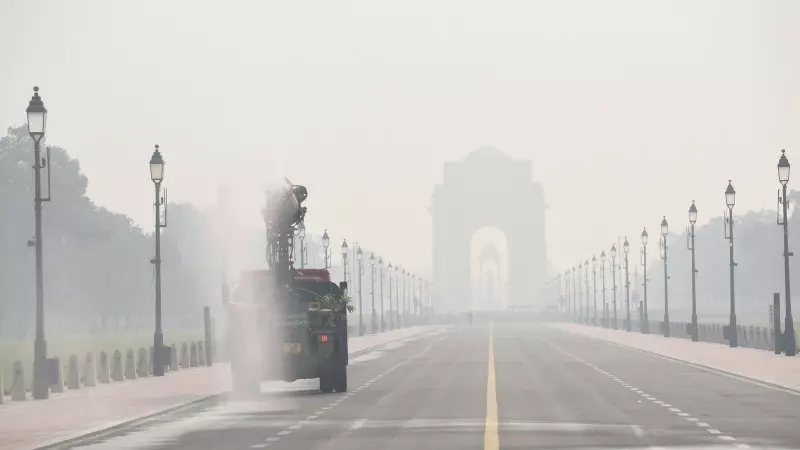
As Delhi's air quality deteriorates to hazardous levels, the city government is pulling out all stops to combat the pollution crisis. The latest weapon in their arsenal? Artificial rain through cloud seeding technology.
The Emergency Response
With Air Quality Index (AQI) readings consistently crossing the 400-mark into the 'severe' category, Delhi Environment Minister Gopal Rai has confirmed that the government is prepared to execute artificial rain if weather conditions become favorable. This comes after an alarming spike in pollution levels following Diwali celebrations.
What is Cloud Seeding and How Does It Work?
Cloud seeding involves dispersing substances like silver iodide or calcium chloride into clouds to encourage rainfall. The process requires specific atmospheric conditions:
- Sufficient moisture content in clouds
- Appropriate cloud thickness and coverage
- Favorable wind patterns
The Implementation Timeline
According to official sources, the artificial rain project could be activated as early as November 20-21 if meteorological conditions align. The government has been closely coordinating with experts from IIT-Kanpur, who have been pioneering cloud seeding research in India.
Expert Opinions and Scientific Backing
While some environmental scientists express cautious optimism about the temporary relief artificial rain could provide, others emphasize that this should be part of a comprehensive long-term strategy rather than a standalone solution. The technology has shown promising results in other countries facing similar air quality challenges.
Preparations and Infrastructure
The Delhi government has already secured all necessary clearances and permissions for the cloud seeding operation. Specialized aircraft and equipment are on standby, ready to deploy when the green light is given by meteorological authorities.
The success of this ambitious project hinges entirely on nature's cooperation. As Delhiites gasp for cleaner air, all eyes are on the skies, hoping for both natural and artificial relief from the choking pollution that has become the city's annual winter nightmare.





